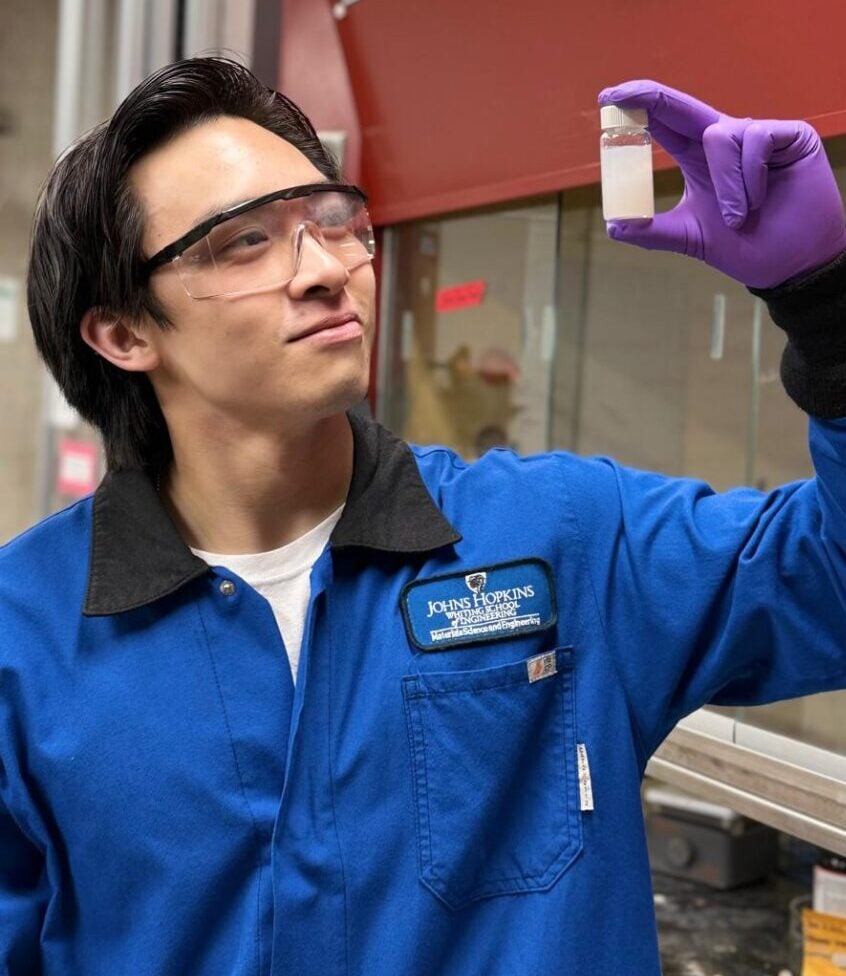Team Members: Alexander Tinana, Katarina Schuller, Clarence Ramirez, Rishi Sheth, Mareham Yacoub, Matthew Stryszak, Brianna Wu, Beckham Yang, Mary Zhang, Mark Qu
Department: Materials Science and Engineering
In collaboration with the Machine Biointerface Lab in the Department of Otolaryngology, the team developed a hydrogel-elastomer based Separated Nerve Interface Electrode (SINE) designed to safely deliver ionic direct current (iDC). Unlike traditional electrodes, this design spatially separates electrochemical reactions from neural tissue using a soft, conductive hydrogel interface bonded to a biocompatible elastomer conduit. The hydrogel features a double-network architecture, consisting of an ionically crosslinked network that enables efficient ionic conductivity, combined with a covalently crosslinked network that enhances mechanical stability. To ensure stable and long-lasting integration between the hydrogel and the elastomer, coupling agents were incorporated during fabrication to chemically link the two materials at their interface. This electrode serves as a critical component of the Freeform Stimulator (FS), a next-generation neuromodulation system capable of both neural excitation and inhibition. The system is being developed for clinical applications in vestibular restoration and chronic pain suppression, where safe, continuous neuromodulation is essential. This project was selected as the Materials Science & Engineering Department’s recipient of the Dean’s Award during the 2025 Design Day event.

